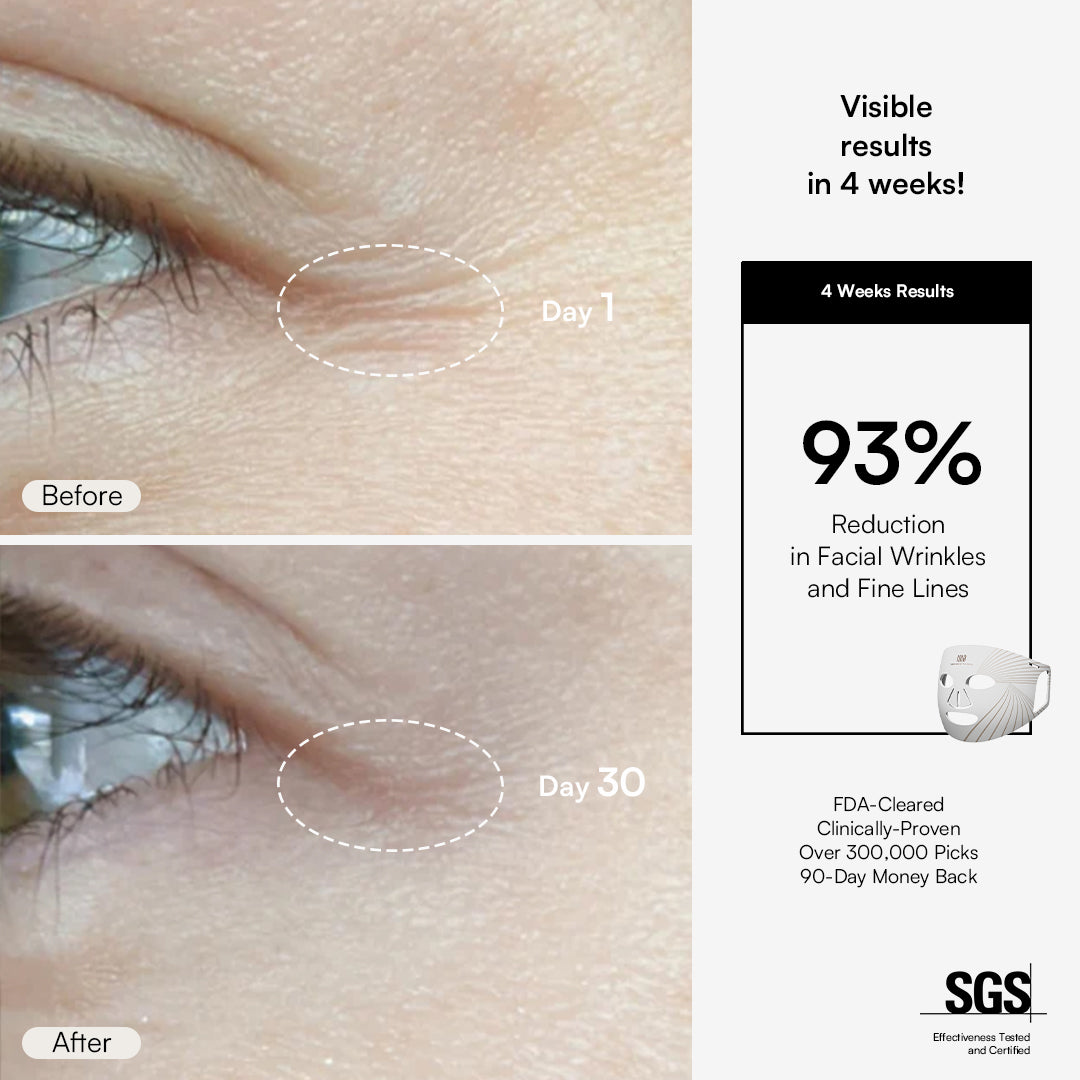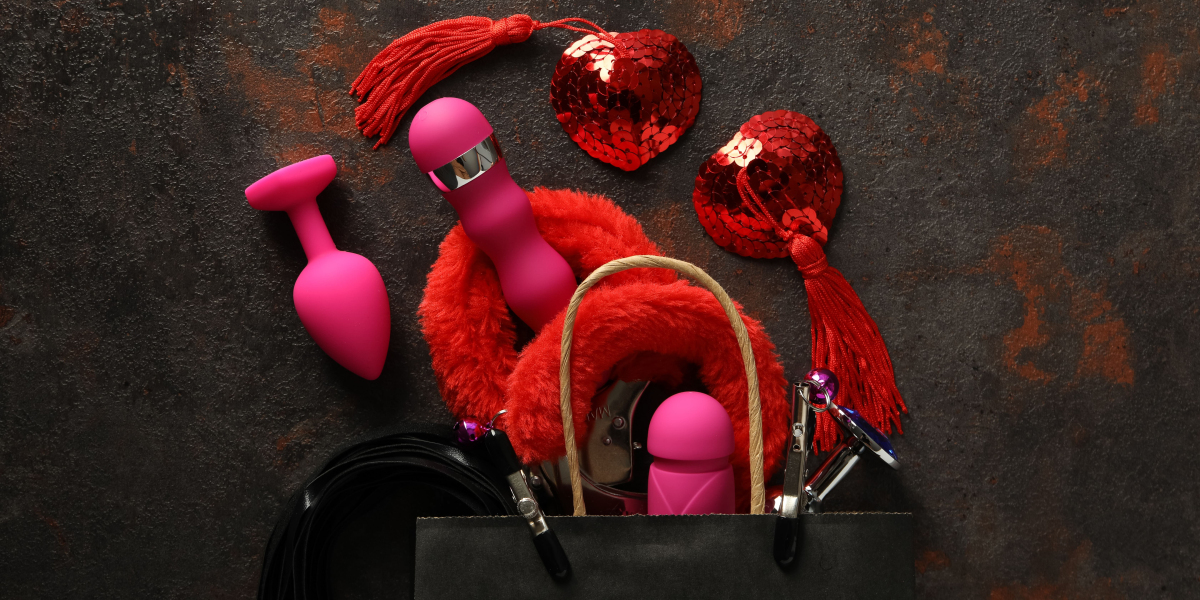Unlock the Secret to Radiant Skin: Discover the Science of LED Light Therapy!
In the ever-evolving world of skincare, LED light therapy has emerged as a revolutionary treatment that captivates both beauty enthusiasts and professionals alike. This non-invasive procedure utilizes varying wavelengths of light to target specific skin concerns, making it a popular choice for those seeking effective solutions for their skin. Whether you are dealing with acne, signs of aging, or uneven skin tone, LED light therapy offers a multifaceted approach to achieving healthier and more radiant skin. In this article, we will delve into the science behind LED light therapy and explore the myriad of benefits it can provide for facial treatments.

Understanding LED Light Therapy
LED light therapy dates back to the 1960s when NASA used it to promote wound healing in astronauts. Since then, it has evolved into a prominent skincare treatment. At its core, LED therapy employs light-emitting diodes (LEDs) that emit specific wavelengths of light—most notably red, blue, and green. Each color targets different skin issues. Red light penetrates deeply into the skin, promoting collagen production and reducing inflammation, making it ideal for anti-aging treatments. Blue light, on the other hand, is effective in treating acne by killing acne-causing bacteria. Green light is used to address pigmentation and sun damage, helping to even out skin tone. The mechanism by which LED therapy works involves stimulating the mitochondria in skin cells, which enhances cellular respiration and leads to improved skin health.
Benefits of LED Light Therapy for Facial Treatments
The benefits of incorporating LED light therapy into your skincare routine are both numerous and significant. One of the standout advantages is its ability to improve overall skin tone and texture. Many users report a more youthful and vibrant appearance after just a few sessions. Additionally, LED light therapy can significantly reduce acne breakouts. By targeting the bacteria responsible for acne, blue light therapy can help clear existing blemishes while preventing future outbreaks. Furthermore, red light therapy is renowned for its anti-aging properties. It helps to minimize the appearance of fine lines and wrinkles by stimulating collagen and elastin production, which are vital for maintaining skin elasticity. Users have even shared personal experiences of noticing a marked improvement in skin tightness and firmness, which speaks to the transformative effects of this therapy.
Scientific Evidence Supporting LED Light Therapy
Numerous studies underscore the efficacy of LED light therapy in treating various skin conditions. Research published in peer-reviewed journals has demonstrated that red light therapy can lead to a 36% increase in collagen density, which is critical for youthful-looking skin. Furthermore, clinical trials have shown that blue light therapy can reduce acne lesions by up to 50% after a series of treatments. These findings lend credence to the safety and effectiveness of LED light therapy, making it a trusted option among dermatologists and skincare professionals. Anecdotes from friends who have undergone this treatment often highlight their satisfaction with the results, reinforcing the scientific evidence available.
How to Incorporate LED Light Therapy into Your Skincare Routine
Integrating LED light therapy into your skincare routine can be convenient and rewarding. It’s essential to follow a good regimen to maximize the benefits. Many users have noticed significant improvements in skin health, resilience, and hydration after adopting at-home devices. Remember to lock in your serum or moisturizer during each session, and wear sunscreen to protect your skin from sunlight. For optimal results, it is recommended to undergo treatments three times a week with a professional or at home, making the investment worthwhile for those seeking brighter, clearer skin.
Harnessing the Power of LED Light Therapy
In conclusion, LED light therapy is a groundbreaking treatment that harnesses the power of light to enhance skin health and appearance. With its ability to address a variety of skin concerns, including uneven tone, acne, and signs of aging, it has proven to be a valuable addition to many skincare regimens. By understanding the science behind LED therapy and its numerous benefits, individuals can make informed decisions about incorporating this innovative treatment into their beauty routines. Whether you’re looking for a radiant glow, clearer skin, or a youthful appearance, LED light therapy offers a beacon of hope for achieving your skincare goals.








